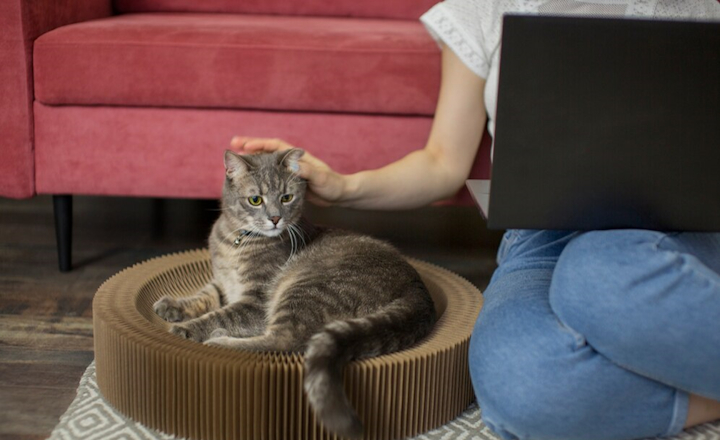
Domesticated cats are truly remarkable creatures that contribute huge amounts of happiness and entertainment to human lives. They need a comfortable and safe area where they can unwind and recover their strength. Selecting the proper cat bed is important and will help your cat to become happy and healthy. But with so many choices out there, how does one decide on the perfect method of attack?
Understanding Your Cat's Needs
This means that the best cat bed is one that speaks to the personality of the cat as well as their tendencies.
Age: The kittens are very playful characters that need to be kept busy most of the time. A cosy bed with dangling toys or a scratching post combo from Pet Easy. can fully satisfy their playful nature. For instance, while a young kitten will need a warm and comfortably sized bed, a senior cat might just need a soft cushion to sleep on.
Sleeping Style: Count how many times your cat rolls over on his back or how often he twists into a tight ball to sleep. For cuddlers, beds with bolsters or caves are best, but the open mats provide enough free space for those who like to stretch out.
Temperature Preference: Some cats are fond of warming themselves while others occur in areas with cooler temperatures. Heated beds in winter or elevated perch beds that improve airflow might do the trick during summer.
Welcome to the article dedicated to the wonders of cat beds.
Cat beds present a rich range of solutions to match the preferences of any cat lover.
Cosy Caves: These enclosed beds are comfortable and private, which makes them suitable for shy or anxious cats.
Plush Beds: These comfy cocoons are ideal for dozing off, stretching, and daydreaming.
Perch Beds: Raising the beds on walls or windows provides cats with vantage points to observe the environment and take sun baths.
Scratching Post Combos: They are wonderful feline furniture pieces that create both the comfort and the necessity for a cat to scratch. Pet Easy, a popular brand that provides a wide range of comfortable furniture for cats, has a great choice of such convenient models.
Beyond the Bed: WHAT KIND OF PROJECT? Creating a Cat Sanctuary
As for the primary focus, yet again, the bed is indisputable; developing a specific cat space is also advised. Place the bed in any part of the room with little noise or drafts and not necessarily in areas with much traffic. This means ensuring they have enough toys such as scratching posts so they do not claw furniture. Rattles and baby climbing frames will be useful for this purpose and help to develop their thinking abilities.
The Pet Easy Advantage
Pet Easy This means that au/ appreciates the need to make felines comfortable as much as possible. They provide an extensive range of fashionable and comfortable cat beds for categorised price range targets. They are solely functional, catering to your cat, and are products of design, enhancing the appeal of your home.
Spending is of course a funny bone, but more specifically: Spend Money To Make Your Cat Happy
Selecting the best cat bed is providing for the needs of your pet cat hence is an investment. By considering your cat's personality and needs, explore different options like those available at Pet Easy. To my cats – and to build a special space, they can be granted the happiest place that will allow them to rest and feel at ease. Pet Easy should be your next stop, come and see how your companion could live a life full of comfort and happiness!





